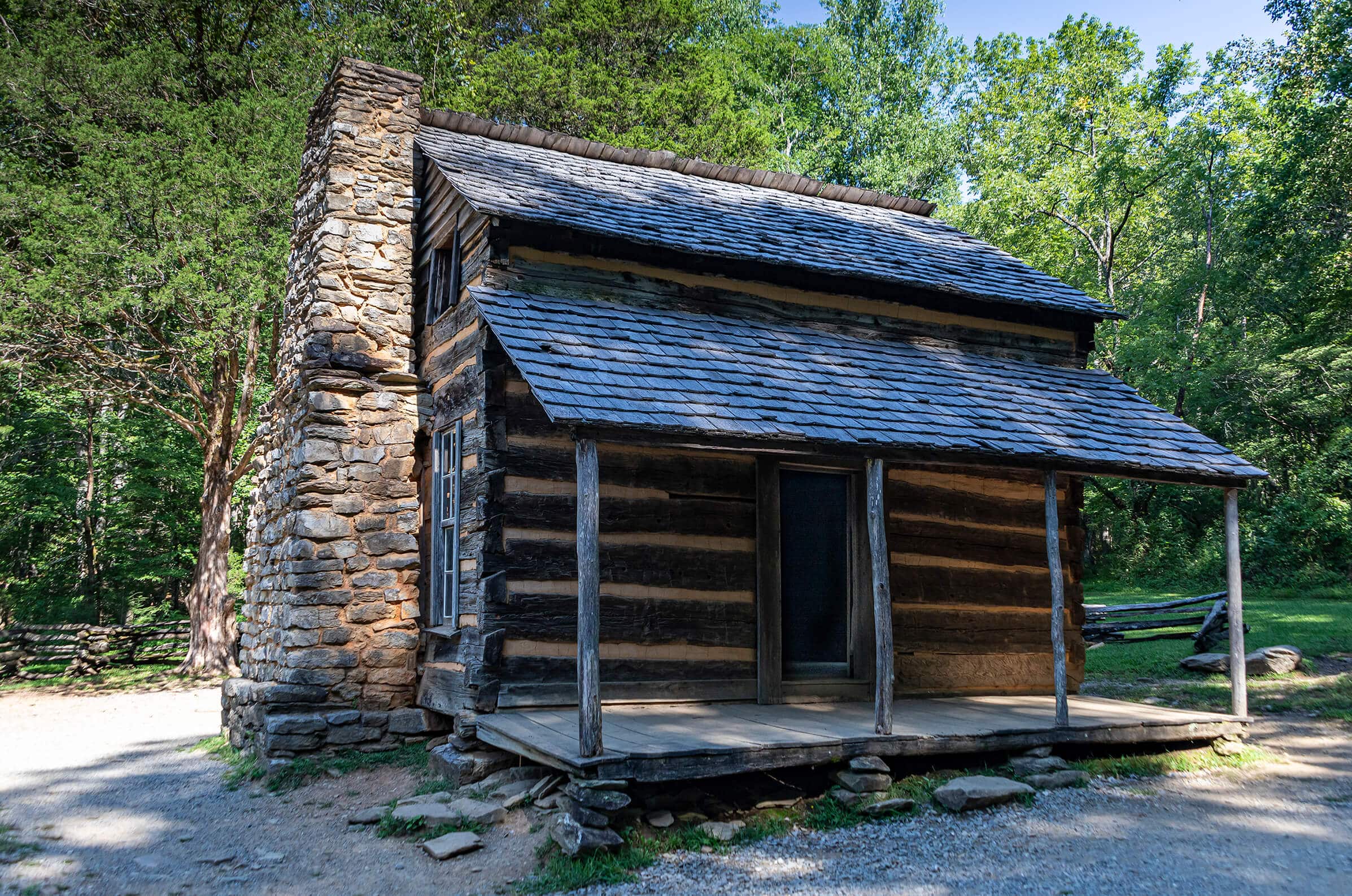What is the principal residence exemption?
Arguably, one of the biggest tax breaks in the Canadian Income Tax Act is found in paragraph 40(2)(b): the principal residence exemption. Simply put, this exemption allows a taxpayer to eliminate tax for all elected years on the capital gain resulting from the sale of his or her principal residence. For a property to qualify as a principal residence, two main criteria must be met: (1) the taxpayer must own the property either solely or jointly; and (2) the taxpayer or the taxpayer’s spouse, former spouse, common-law partner, former common-law partner, or child, must ordinarily inhabit the property. The caveat, however, is that the principal residence exemption cannot be used by taxpayers engaged in a commercial activity or business.
Now, consider the use of this exemption against the backdrop of Canada’s booming real estate market. Developers, investors, and home flippers seeking to maximize their tax-free profits through the principal residence exemption may find themselves being scrutinized by the Canada Revenue Agency (CRA). This is what happened to a taxpayer in a recent decision released by the Federal Court of Appeal in John Wall v Her Majesty the Queen, 2021 FCA 132. In this case, the appellate court upheld the Tax Court’s ruling holding that a real estate agent and developer who sold three homes carried on a business in buying, demolishing, building, and selling properties. Consequently, the real estate agent could not rely on the principal residence exemption to offset his gains for the taxation years in question.
Facts of the John Wall Case
To better understand the decision reached by the Federal Court of Appeal, we need to lay out the facts of the case. In 2006, 2008, and 2010, the taxpayer, a licensed real estate agent and developer in Vancouver, sold four properties and realized a gain of $5,784,000 with an estimated profit of $2,234,419. For three of the four properties, a similar pattern occurred: the property was torn down, a new home was constructed, and sold thereafter. Further, the taxpayer did not report the gains in his tax returns nor any GST or HST for the three properties. In fact, he only reported a modest income of about $15,000 to $20,000 annually as a realtor for the three taxation years mentioned above. Although he sold four properties during the years in question, only three of the four properties lie at the heart of the dispute. The Canada Revenue Agency (CRA) reassessed income tax to Mr. Wall under the Income Tax Act for the taxation years of 2006, 2008, and 2010, asserting that the gains from the sale of the three properties were on account of income and not of capital. The CRA also assessed the taxpayer under the Excise Tax Act on the grounds that the supplies were taxable supplies subject to GST.
If a taxpayer who is a home developer is relying on the principal residence exemption, the taxpayer’s intention to occupy the property as a place of residence is important.
The courts reasoned that the central issue was whether the taxpayer sold the three properties on account of income (through engaging in a commercial activity) or on account of capital. If the taxpayer sold the three properties on account of income, then he would not be able to rely on the principal residence exemption and would, therefore, need to include the income in his tax returns for the three taxation years in question. To resolve this issue, the courts applied the test set out in an earlier case, Happy Valley Farms Limited v Minister of National Revenue, [1986] 2 CTC 259, 86 DTC 6421 (FCTD), which requires examining the following factors:
- the nature of the property sold
- the length of the period of ownership
- the frequency or number of similar transactions
- work expended on or in connection with the property
- the circumstances that were responsible for the sale of the property
- the motive
Justice Webb, writing for the Federal Court of Appeal, explained that the common denominator underlying the aforementioned factors is the intention of the taxpayer. Accordingly, to determine whether the taxpayer engaged in a business or a concern in the nature of trade, one must examine his intention when he bought, demolished, built, and sold the three properties. In his testimony, the taxpayer explained that he bought the properties to build homes that he and his son could live in as a place of residence. He also explained that he sold each home to pay off his debts.
However, Justice Webb concluded that the available evidence did not substantiate the taxpayer’s stated intention. First, the taxpayer listed each house for sale before the occupancy permit was obtained. Second, the taxpayer shouldered more debt after selling his homes than he did before. As Justice Webb pointedly remarked, a person who seeks to reduce their debt would not incur more debt shortly after selling a house and paying off the previous debt.
If the taxpayer’s intention is to occupy the property as a place of residence, then the length of occupancy is also an important factor.
Moreover, the length of occupancy, though typically a factor out of many considered, becomes an important factor, as explained by Justice Webb, if the taxpayer’s stated intention was to occupy each house as the taxpayer’s place of residence. In the taxpayer’s case, he owned the properties for periods ranging from 16 months to 21 months. Within these periods, the taxpayer explained that approximately 6 months of construction was required before a person could live inside the house. Therefore, accounting for the time required to demolish and build the new homes, Justice Webb noted that not a lot of time remained to occupy the homes as a place of residence. Accordingly, Justice Webb reasoned that the relatively short period of potential occupancy further supported the inference that Mr. Wall intended to build and sell the houses for profit as opposed to occupying each of the homes as his place of residence.
A related issue was whether the taxpayer, a home builder, could qualify for the personal-use exemption under subsection 191(5) of the Excise Tax Act. If so, the taxpayer would not be required to remit GST. Here, the appellate court held that the taxpayer failed to satisfy the conditions for this exemption. According to s.191(5) of the Excise Tax Act, a person who is a builder can have a property qualify as an exempt supply (i.e. not subject to GST) if the builder or a member of his family occupies the property primarily as his or her personal residence. Because the taxpayer was not able to establish that he was occupying the three properties as his principal residence, the supplies of the three houses were thus held to be taxable supplies subject to GST.
Pro Tax Tips for Home Developers Seeking to Rely on the Principal Residence Exemption
Having finished discussing the case, what can we take away from it? For homebuilders, investors, and home flippers hoping to rely on the principal residence exemption, this case shows us that the intention of the taxpayer during the building and selling of the property is important. If your intention is to use the home as a place of residence, then the length of time that you occupy the home is another important factor. Speak to one of our experienced Canadian tax lawyers for advice as to whether your specific circumstances benefit from the principal residence exemption and if not, what other potential tax planning strategies are available to you so that you will qualify for the principal residence exemption.
FAQs
What is the principal residence exemption?
The principal residence exemption is claimed under paragraph 40(2)(b) of the Income Tax Act. This exemption permits a homeowner to be exempt from paying capital gains tax for elected years when the homeowner sells their home.
Under what circumstances does the principal residence exemption not apply?
The principal residence exemption cannot be used by a taxpayer who is engaged in a commercial activity of selling properties.
What is the personal-use exemption for home builders under the Excise Tax Act?
Under subsection 191(5) of the Excise Tax Act, a builder can forego remitting GST/HST on the sale of his or her property if the builder lives in the house that he/she has constructed or renovated as a personal residence, and if the builder did not claim any input tax credit in relation to the improvement or renovation of the property.


